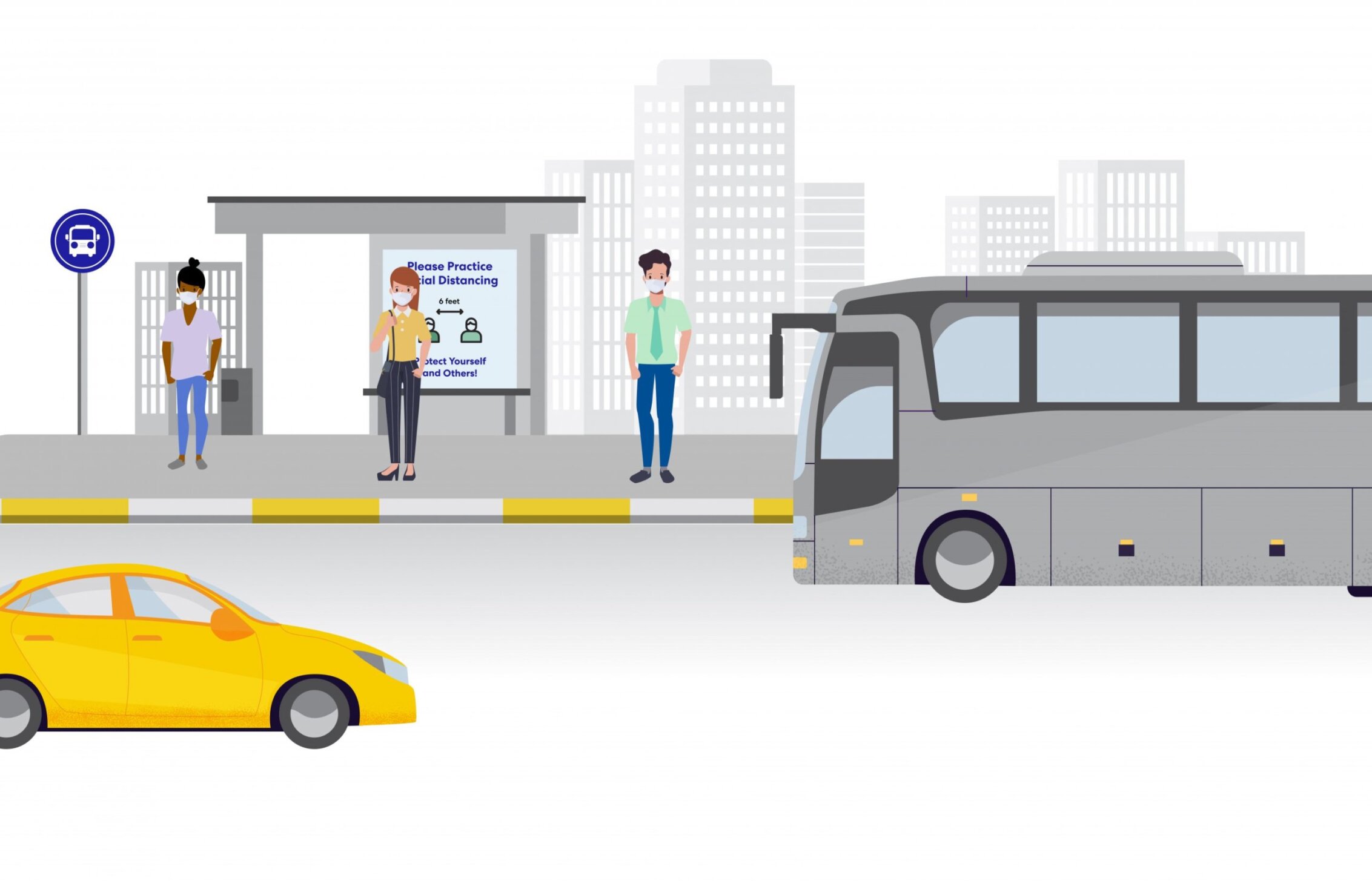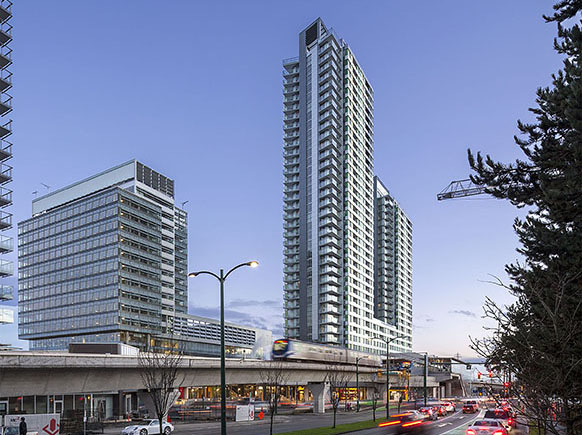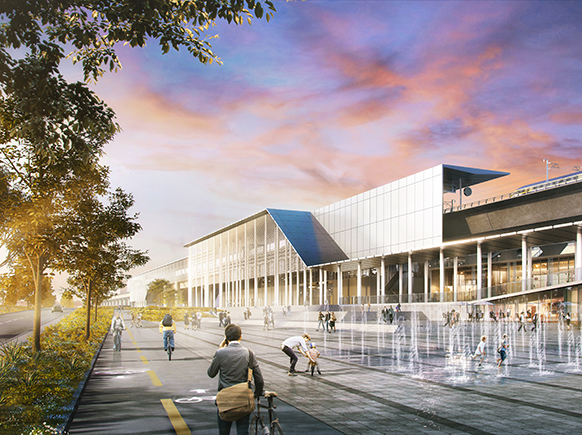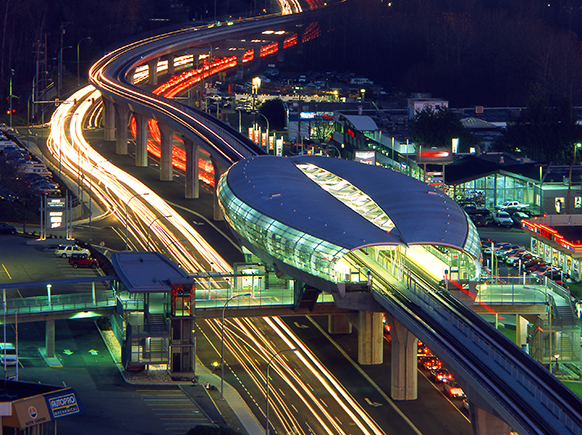The COVID-19 pandemic and its long-term implications pose great challenges to the world’s public transit systems. As we prepare for the next phase of the crisis—the return to the workplace, and to school, by millions of people globally—now is the time to open discussions about changes to transit systems, and to take action to make them more efficient, cost effective, accessible, and equitable.
Many countries are beginning the process of “reopening” their economies and restoring some sense of normalcy. But it is likely that nothing will be the same as before—and that includes the ways in which people get around. Concerns of virus exposure will drive continued social distancing, and people may be anxious about taking mass transit or gathering in crowded public spaces. To accommodate the need for physical distancing, buses and trains won’t carry as many people. But simply putting more buses and trains on every route to meet pre-pandemic levels of service is neither practical nor economically feasible.
This is where transit and ridesharing companies like Lyft and Uber, as well as real-time rideshare companies such as Via (collectively referred to as Transportation Network Companies, or TNCs), may be able to help. Prior to the pandemic, several U.S. cities had successfully deployed TNCs as part of their transportation offerings. What those cities learned is that TNCs can complement public transit, rather than compete with it. Moreover, when fare subsidies are taken into account, TNCs can be a less expensive option for transit authorities as compared to operating an expanded fleet.
In a “new world” of social distancing, TNCs could alleviate the financial burden on public transit systems by providing transit riders with a more frequent and personalized service. This would free up buses to support busier routes. The model is a potential win-win-win for transit authorities, riders, and TNCs.
This white paper explores lessons learned from various TNC real-time rideshare programs and, given our new COVID-19 world, the ways in which they could help cities meet demand for both physical distancing and increased capacity. In fact, TNCs may offer long-term solutions to problems that have dogged mass transit for decades.




